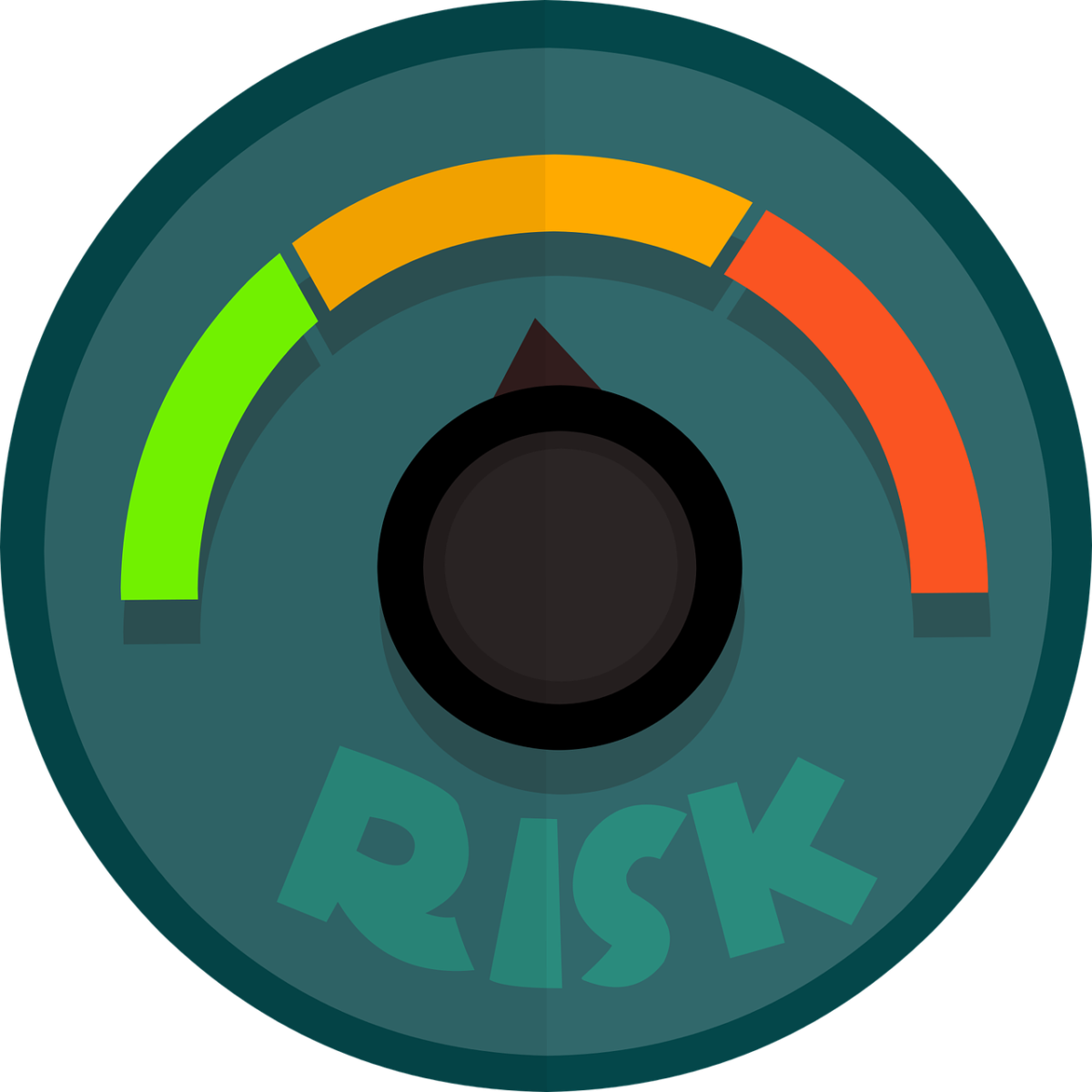Is U.S. Economic Growth Only Driven by Government Spending?
As of August 2024, the U.S. economy shows positive GDP growth. However, a critical examination reveals that this growth is predominantly driven by government spending. This raises important questions about the sustainability of such growth and its long-term implications for businesses and consumers in the United States.
Why This Dependency on Government Spending is Detrimental
1. Unsustainable Growth
Government spending can provide a temporary boost to the economy, but it is not a sustainable long-term growth strategy. When the economy relies heavily on government expenditure, it creates an artificial sense of economic health. This dependency can lead to a precarious situation where any reduction in government spending results in a sharp economic downturn.
2. Increased National Debt
High levels of government spending often lead to increased national debt (in excess of $35 trillion and rising fast). The U.S. national debt is already at historically high levels, and continued borrowing (an additional $1 trillion every 100 days with U.S. interest payments in excess of spending on U.S. military) to fund spending exacerbates this issue. Increased debt levels can lead to higher interest rates, which in turn can stifle private investment and slow economic growth.
3. Crowding Out Private Investment
When the government spends more, it often needs to borrow from the same pool of financial resources that businesses use for investment. This “crowding out” effect means that private businesses may find it more difficult and expensive to secure funding for their projects, leading to reduced private sector investment and innovation.
4. Inflationary Pressures
Excessive government spending can lead to inflationary pressures, especially if the economy is already operating near full capacity. Higher inflation erodes consumer purchasing power and increases the cost of doing business. This can lead to reduced consumer spending (the main driver of U.S. economy) and lower profit margins for businesses.
5. Reduced Efficiency
Government spending is not always allocated efficiently. Unlike the private sector, where competition drives efficiency and innovation, government programs can be plagued by bureaucracy and inefficiencies. This means that the money spent may not always lead to proportional economic benefits.
Building Business Resilience
Given the risks associated with an economy propped up by government spending, businesses must take proactive steps to build resilience. Here are some strategies to consider:
1. Diversify Revenue Streams
Businesses should not rely on a single source of revenue. Diversifying revenue streams can help mitigate the impact of economic downturns in specific sectors. This might involve expanding product lines, entering new markets, or developing new business models.
2. Strengthen Financial Health
Maintaining a strong balance sheet is crucial. Businesses should focus on reducing debt, increasing cash reserves, and managing expenses effectively. A healthy financial position provides the flexibility to navigate economic uncertainties.
3. Invest in Technology and Innovation
Investing in technology and innovation can improve efficiency and reduce costs. Automation, data analytics, and other technological advancements can help businesses stay competitive and adapt to changing market conditions.
4. Focus on Customer Retention
Building strong relationships with customers can provide a stable revenue base. Businesses should invest in customer service, loyalty programs, and personalized marketing to retain their customer base.
5. Monitor Economic Indicators
Staying informed about economic trends and indicators can help businesses anticipate changes and adjust their strategies accordingly. Regularly reviewing economic data and forecasts can provide valuable insights for decision-making.
In these uncertain times, it is crucial for business leaders to stay informed and prepared. Joining the BusinessRiskTV Business Risk Management Club offers access to exclusive resources, expert insights, and a community of like-minded professionals focused on navigating business risks effectively.
By joining the club, you will:
• Gain Access to Expert Analysis: Stay ahead of the curve with regular updates and analyses from industry experts.
• Network with Peers: Connect with other business leaders and share best practices for managing risks and building resilience.
• Receive Practical Tools and Resources: Access a wealth of tools, templates, and guides designed to help you implement effective risk management strategies.
• Stay Informed: Get timely alerts on emerging risks and opportunities that could impact your business.
Join the BusinessRiskTV Business Risk Management Club today and equip your business with the knowledge and tools needed to thrive in an uncertain economic environment. Visit BusinessRiskTV.com to learn more and sign up.
The U.S. economy’s reliance on government spending for positive GDP growth is a concerning trend with significant implications for businesses and consumers. By understanding these risks and taking proactive steps to build resilience, businesses can better navigate the challenges ahead. Joining the BusinessRiskTV Business Risk Management Club is a strategic move to stay informed and prepared, ensuring your business remains resilient in the face of economic uncertainties.
Get help to protect and grow your business
Subscribe for free business risk alerts and risk reviews
Read more business risk management articles for free
- What is the prediction for the U.S. economy in 2024?
- What is the GDP of the U.S. in 2024?
- What phase of the business cycle are we in 2024 in the USA?
- Is the U.S. economy growing ?
| Risk analysis of the us economy second half 2024 | Contact Us |
| How strong is the u.s. economy today | Contact Us |
| U.S. economy 2024 predictions | Contact Us |
| Economic forecast for next 5 years | Contact Us |
| U.S. GDP 2024 in trillions | Contact Us |
| U.S. GDP forecast 2024 | |

Join Business Risk Management Club